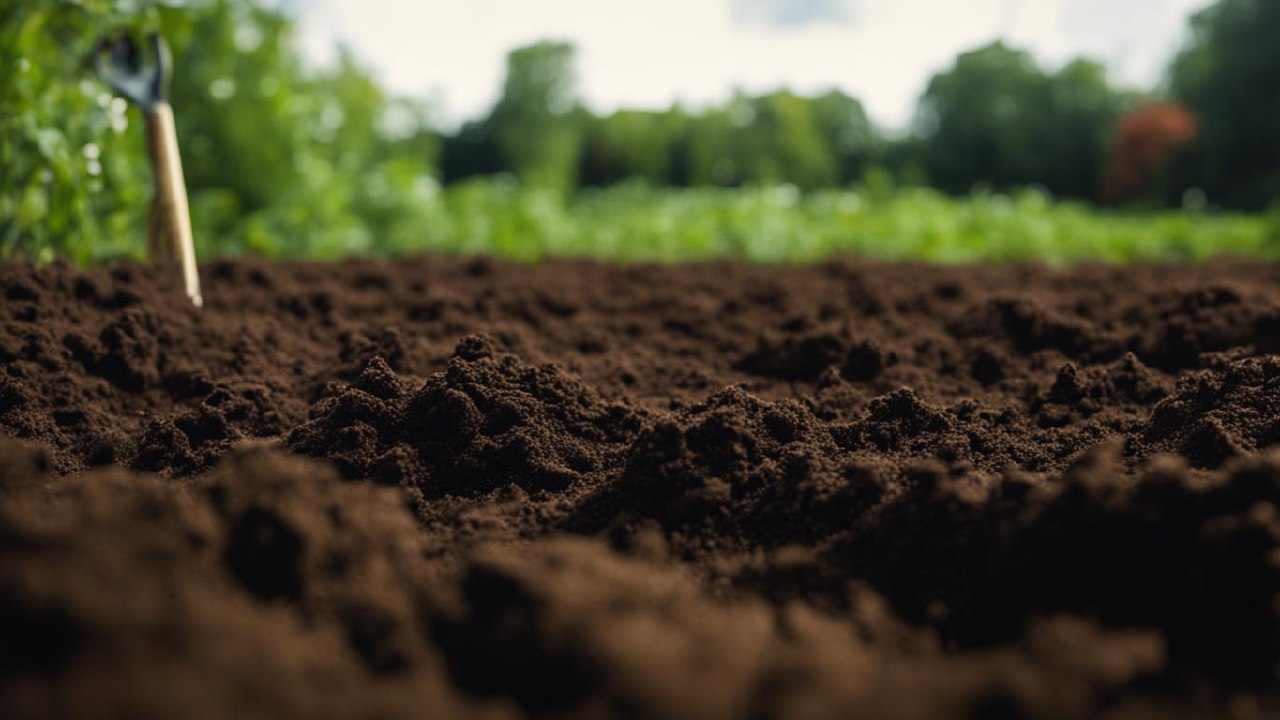Soil is the support of a healthy flowers, providing essential nutrients, water, and support for plant growth. Nevertheless, not all soil is created equal, and understanding allure composition, structure, and characteristics is key to achieving horticulture success. Whether you’re a learner gardener or a experienced pro, delving into the planet of soil science can help you increase your garden’s productivity and support lush, successful plants. Let’s dig deep into the necessities of soil for gardening and unlock the mysteries hidden beneath the surface.
The Fundamentals of Soil Composition:
Soil is a complex and dynamic combination of mineral atoms, organic matter, water, air, and living organisms. Understanding the arrangement of soil is essential for assessing allure fertility, drainage, and overall rightness for gardening. In this place are the primary components of soil:
- Not organic Particles: Soil is generally composed of not organic particles derived from endured rocks and minerals. These pieces are classified based on their length: sand (best), silt (medium), and clay (minimal). The relative proportions of these pieces determine soil texture, that influences water retention, aeration, and mineral availability.
- Organic Matter: Natural resources in soil consists of rotted plant and animal materials, in the way that leaves, roots, and microorganisms. Organic matter raises soil structure, productivity, and moisture retention, while further serving as a feed source for soil organisms.
- Water and Air: Soil holds pore spaces suffused with water and air, which are essential for plant growth and microbial endeavor. Proper soil seepage and aeration are essential for root development, nutrient rude answer, and overall plant health.
- Living Structures: Soil is teeming with existence, including earthworms, bugs, bacteria, fungi, and other microorganisms. These structures play crucial functions in nutrient cycling, breakdown, and soil health, donating to the overall fertility and productivity of the soil.
Understanding Soil Features:
In addition to allure composition, soil exhibits differing properties that influence its rightness for gardening:
- Soil pH: Soil pH is a measure of allure acidity or alkalinity, which influences nutrient chance and plant growth. Most plants prefer a lightly acidic to impartial pH range (around 6.0 to 7.0), although few species concede possibility have specific pH preferences.
- Soil Consistency: Soil texture refers to the relative ratios of sand, sediment, and clay particles in the soil. Various soil textures have unconnected properties, with arenicolous soils being well-drained but reduced in nutrients, clay soils legitimate but prone to compaction, and earthy soils offering a balance of drainage and potency.
- Soil Structure: Soil construction refers to the arrangement of soil particles into aggregates or clumps, that affects water combination, root penetration, and aeration. Athletic soil structure is characterized by clear aggregates and pore spaces, advancing root growth and microbial activity.
- Soil Virility: Soil fertility refers to allure ability to provide essential minerals for plant growth. Rich soils contain adequate levels of macronutrients (to a degree nitrogen, phosphorus, and potassium) and micronutrients (in the way that iron, zinc, and calcium) to support plant health and output.
Improving Soil for Horticulture:
To optimize soil for horticulture success, consider the following tips and methods:
- Amend Soil accompanying Organic Matter: Incorporate fertilizer, aged fertilizer, or other organic corrections to improve soil potency, structure, and moisture memory.
- Adjust Soil pH: Test soil pH and form adjustments as needed utilizing lime (to raise pH) or sulfur (to lower pH) to generate optimal increasing conditions for plants.
- Mulch and Cover Crops: Use manure and cover crops to protect soil, restrain weeds, and add organic matter, reconstructing soil structure and potency over time.
- Practice Crop Rotation: Alternate crops annually for fear that nutrient depletion, lower pest and affliction pressure, and maintain soil health and balance.
- Prevent Compaction: Minimize soil compaction by preventing heavy machinery and overdone foot traffic, promoting active root growth and water combination.
By understanding the essentials of soil composition, characteristics, and management, gardeners can solve the potential of their gardens and cultivate successful plants year after year. So, make an effort to get to know your soil, nurture it with care, and watch your flowers flourish with bounty and vitality.
